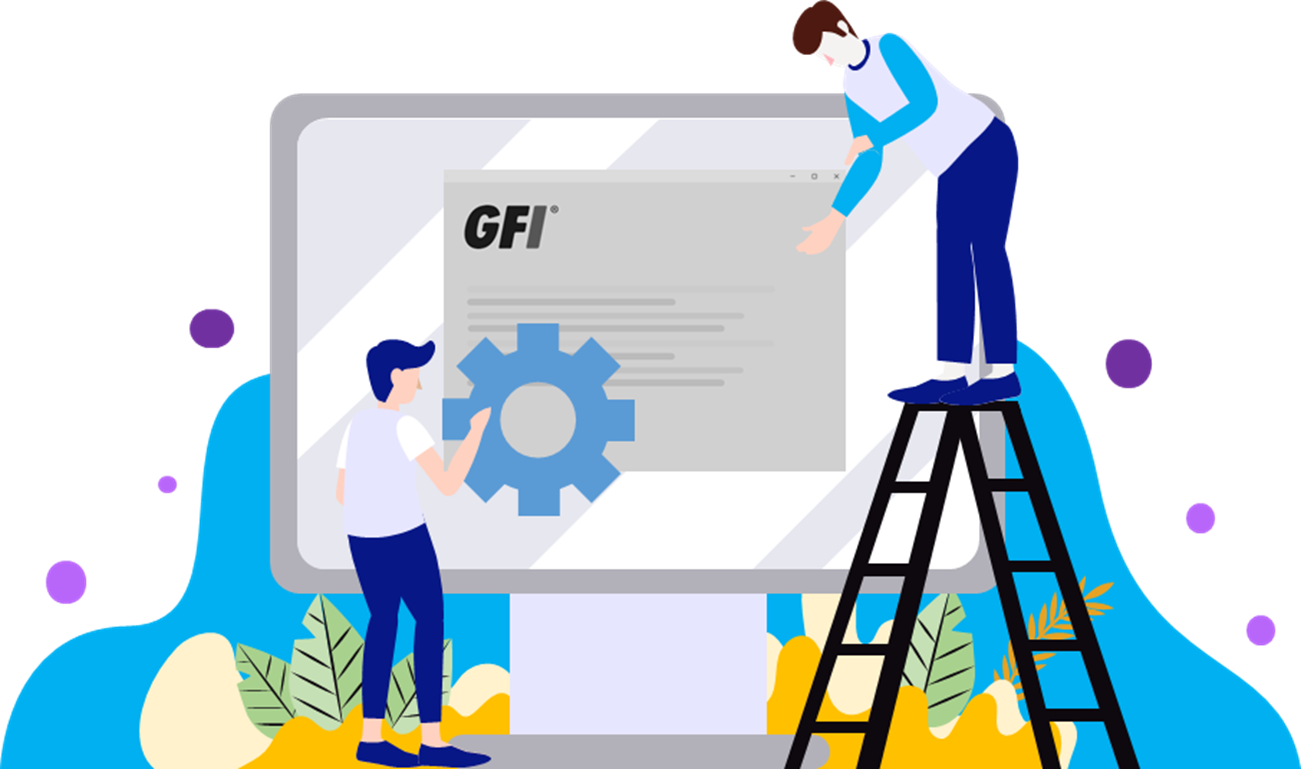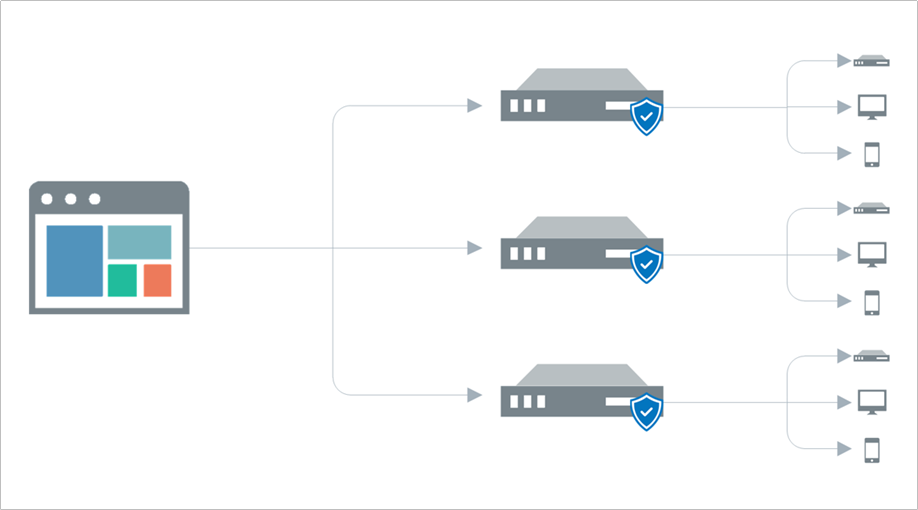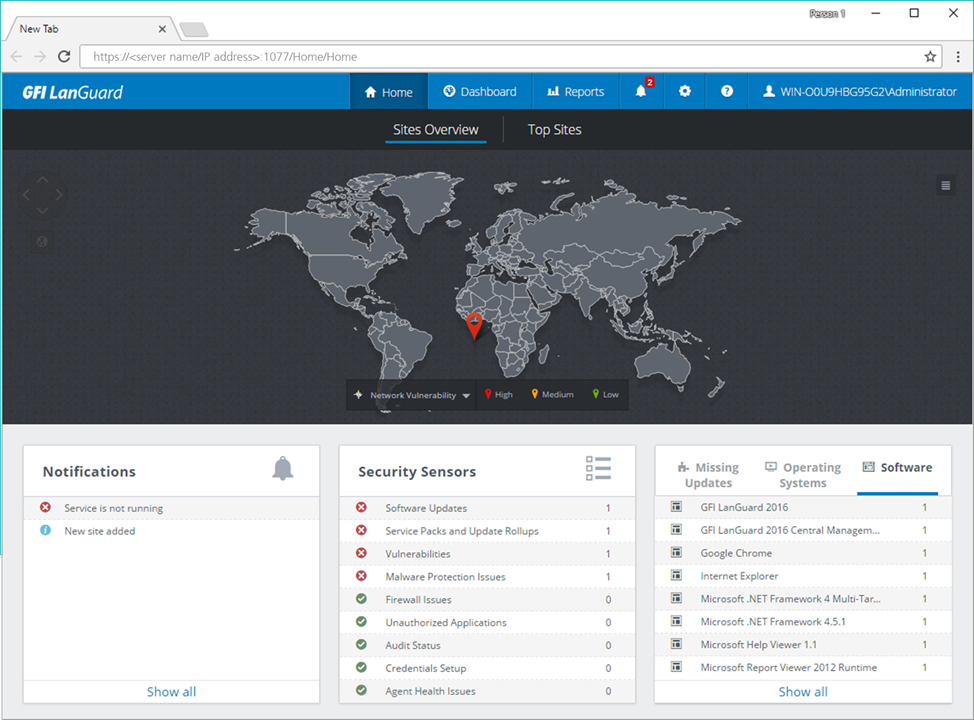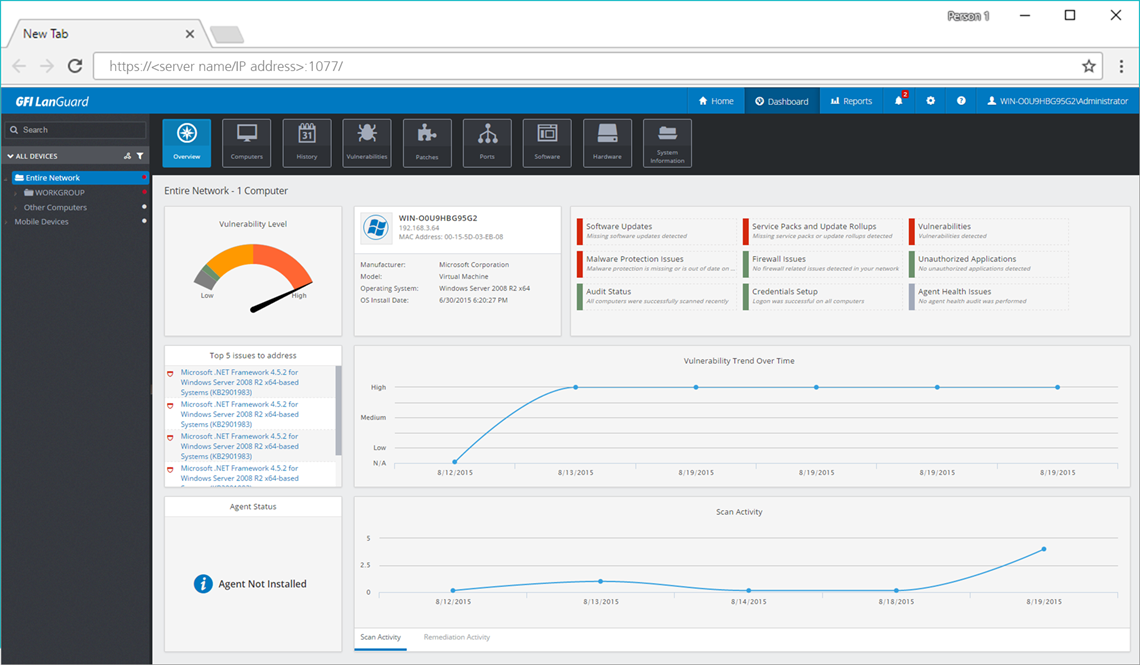Overview
LanGuard's Central Management Server (CMS) is a reporting-based instance that is a copy created from the original LanGuard database. While this database is a second copy, the use of this database is not as robust as using the main console and is strictly used for reporting.
This article provides more information on the difference between CMS and the main console.
Information
In the succeeding sections, the following topics will be discussed:
Introduction
During setup, the tickbox for installing the Central Management Server (CMS) is selected by default. If you do not intend to use CMS, which is a reporting-only instance, it is recommended to leave CMS uninstalled.
However, CMS can be installed separately at any time when the need for the reporting-only instance arises. It is important to remember that the installation of CMS is NOT recommended when there's no intention of using it, as it will only use the computer's additional resources and storage.
Central Management Use Cases
Use Case #1: Standardized Reports
There are instances when an end-user has multiple LanGuard consoles but only wishes to receive reports for the entire set of machines, instead of only getting a report from the original console.
| Example: An end-user who has three main LanGuard consoles would need to run three different reports on each console. |
In Central Management, the information from all instances is combined into one central database. The diagram below shows a common deployment for CMS:
Use Case #2: Report Administration for IT Departments
CMS helps your IT department produce their reports quickly, which is the second most common use of CMS, which allows for the majority of report-based needs to be performed at its location.
The main LanGuard console only allows a single user login at a time, while CMS allows multiple users to log in simultaneously. Generally, a service account is only used for scanning and remediation purposes.
| Example: If multiple users need to gather information about the environment at the same time (i.e., audits or creating action plans), the CMS console allows users to log in with their credentials. This feature allows multiple users to be active on the web-based console at the same time. |
Interface and Reporting
The CMS console is a web-based UI that can be accessed by authorized users through any supported internet browser after installation. To access the UI, use the following address:
https://<server name/IP address>:1077/Home/Home
As with the rest of LanGuard products, the most common error that occurs with CMS is communication. If you are encountering errors while connecting during setup, or with synchronization, the first step will always be to confirm the Network Connectivity.
Home Page
The home page offers a graphical overview of the information gathered from each of the LanGuard console sites reporting to the Central Management instance. The details of the values, such as location and overall vulnerability level, shown in the screenshot below, are available in this article about manually reviewing the home page.
Dashboard
After reviewing the information from the LanGuard main console, the Dashboard page should look familiar, and has the same general layout as the main console's dashboard. The machines are listed on the left-hand side, with the same categorized selections across the top, such as Overview, Computers, Vulnerabilities, and Patches:
Reporting

| Example: Often, upper management wants to run reports for an audit. Due to the WebUI, you can allow access to upper management to gather the information directly rather than sending and waiting for request approvals. LanGuard's main console only allows one user to be active at a time. |
If the main console is in use (i.e., while creating a software push), the teams can still access CMS to gather the relevant reports for future planning or for creating reports spanning across multiple sites. In turn, this also prevents the need to grant access to the main console. Due to the capability of the main console to manage other devices in the network, the end-user may not want to give access to users who are not familiar with the system upkeep.
To know more about how to generate, schedule, or customize reports, and the available types of reports, read Using GFI LanGuard Central Management Server Reports.
Related Articles
- GFI LanGuard Central Management Server
- Gathering Troubleshooter Logs from the GFI LanGuard Central Management Server
- Central Management Server Error: You Are Unauthorized to Access This Area of GFI Languard Central Management Server
- The Central Management Server (CMS) Fails to Install, and the Installer Rolls Back
- The Central Management Server Fails to Synchronise - HTTP Error 500.19 With Error Code 0x800700c1
- LanGuard CMS Error: 'Connecting to server 'SERVERNAME:1077' Failed With Error'




Priyanka Bhotika
Comments